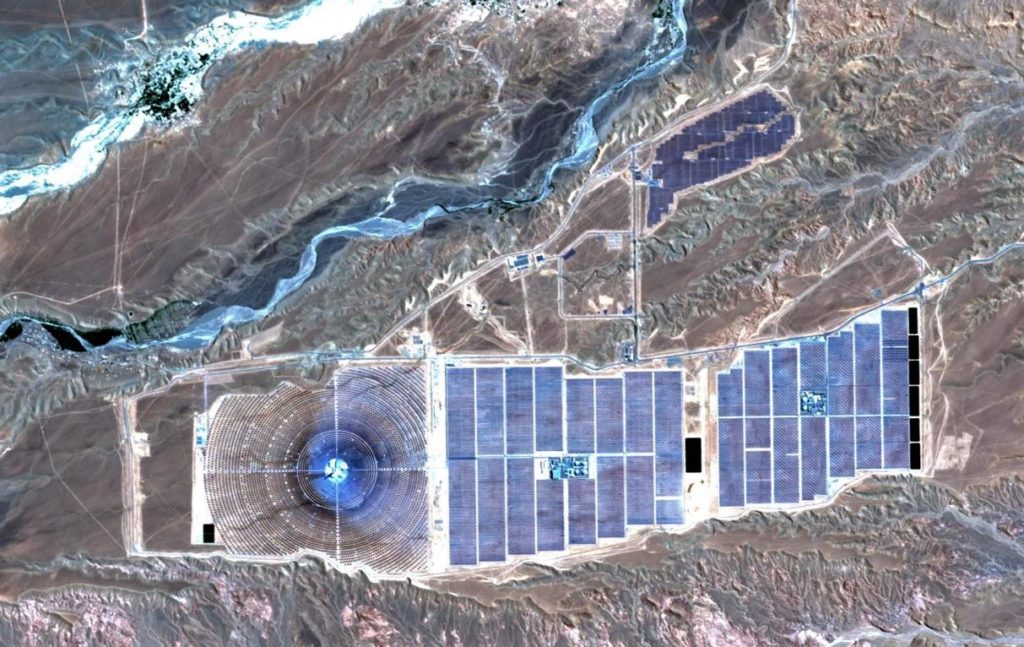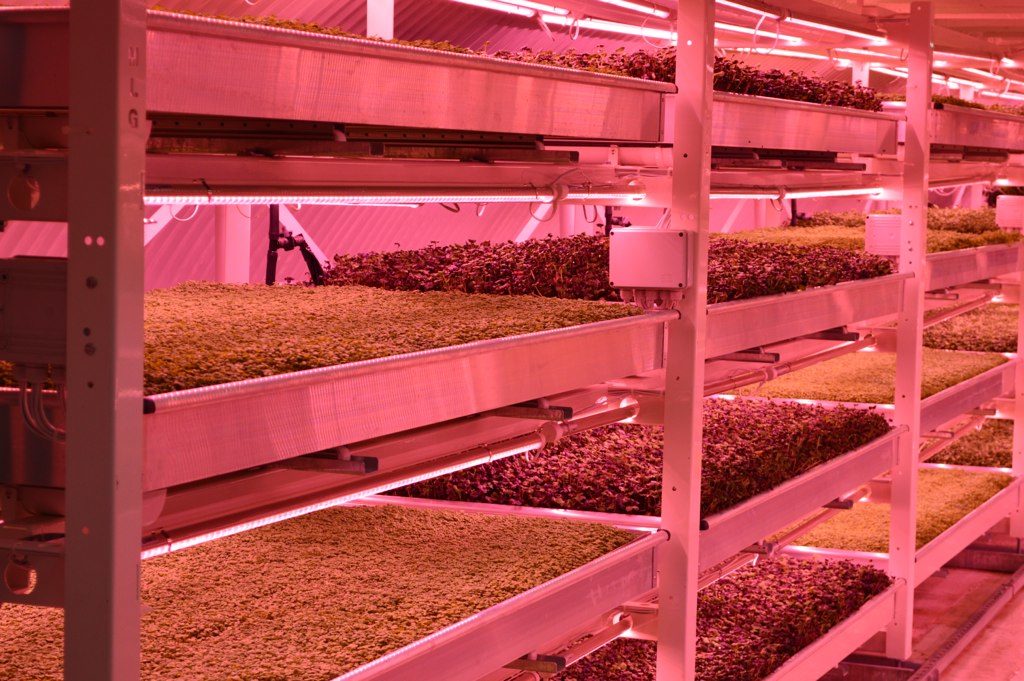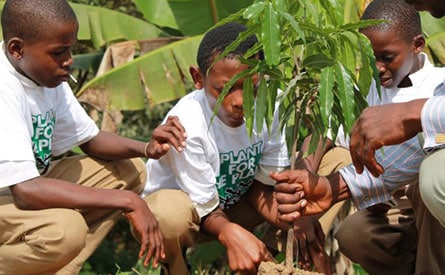Innovative climate change responses around the world
Now is a critical time in our fight against climate change. As the planet warms past 1 degree since the industrial period, it’s clear that the significant action is needed to prevent temperatures rising further and causing irreversible damage. The good news? Countries all over the world are thinking outside the box to help stop this rise.
Morocco — Thousands of Acres of Solar
Tucked away neatly in the baking heat of the Sahara is Noor I. Sizing up as the world’s largest thermal power plant (for now…), this behemoth can generate up to 160 megawatts of power and covers thousands of acres of desert. Now, with this addition to their renewable network, it’s looking like they are well on course to achieve their target of 42% installed renewable energy capacities by 2020. The plant is so big, you can even see it from space…

South Korea — Garbage AI
Phasing out dump trucks full of garbage being driven around most hours of the day is something that climate change activists and the planners of Songdo in South Korea have in common. Instead of traditional trucks, garbage collection is controlled by an automated system, where rubbish is sucked up through underground pipes then sorted by artificially intelligent machines.
UK — Urban Agriculture
As the world’s population threatens to rise to nearly 10 billion by 2050, innovative agricultural methods are needed to protect global farmland, reduce greenhouse emissions and feed a growing population. Cue the UK’s first underground farm. Located underneath Clapham underground station in London, the farm produces daily crops of herbs to help address the increasing food demand across the city.
Urban farming might’ve gone underground in this instance, but it’s quite literally on the rise right across the world (more on that in our USA entry below). Makers of vertical racks used in urban farming are speaking to customers in countries around the world. Look out for an urban grow house near you.

Sweden — Recycling Ability 100
No list of countries doing amazing things in the world would be complete without a Scandinavian entry. As one of the first countries to implement a heavy tax on fossil fuels, Sweden source nearly half of its electricity from renewables.
But what do they do best? In short — recycling. They do it so well in fact, other countries are fighting to send their rubbish to the Scandinavian state. Sweden’s cohesive recycling policy is connected to their national heating network, which means it can heat homes through the extreme winters. Less than 1% of Swedish household waste has been sent to landfill since 2011, and they’ve been all the warmer for it.
China — Smog Vacuums
A seven-meter tall, smog-eating tower that’s cleaning enough air to fill a football stadium each day. A product of Beijing’s forward-thinking policy making, it creates a ‘bubble’ of air that is 40%–70% cleaner than the air around the rest of the city.
Bonus round: China are beginning to roll out panda-bear shaped solar farms. The first is already built, with the second well underway. Together, they’ll prevent 12.75m tons of greenhouses gases from being emitted.
Denmark — Cycle Superhighway
Picture this: no tubes, trains, or buses. Just 11 miles of expertly paved highway to make your commute a whole lot more enjoyable. The cycle superhighway — one of 26 urban cycle routes being built in Copenhagen — is encouraging more than half of the city’s residents to cycle to work.

USA — Chicago Gets A Refit
With 2/3’s of Chicago’s population living and working in buildings that are 50 years old, historic heating systems are increasing the city’s CO2 emissions. Leading the city to spend over $3 billion on the hot or cold conundrum yearly. Now, by updating the materials used in everything from skyscrapers to social housing, they hope to reduce CO2 emissions by 80%.
Chicago is also home to the world’s largest urban rooftop farm, capable of providing food year-round. Think 75,000 square feet, growing up to 10 million heads of leafy greens and herbs 365 days a year.
Netherlands — Floating Farms
Any projects that reduce pressure on agricultural land can have a huge impact on CO2 emissions. Something which Rotterdam know all about. Built in the middle of the city’s Merwehaven harbour, the floating vessel will be home to 40 milk-producing, Meuse-Rhine-Issel cows. The livestock will eat waste collected from local restaurants and eateries in electric vans and the farm’s location means travel distances are massively reduced.
This is by no means an exhaustive list, but it’s clear to see that different countries are making a stand in their own way. One thing still remains: we need full global cooperation if we’re to change the course of our future. Inspired to take action? Read about the ways in which you can reduce your carbon footprint in your everyday life, or donate to one of our amazing climate change organisations.



